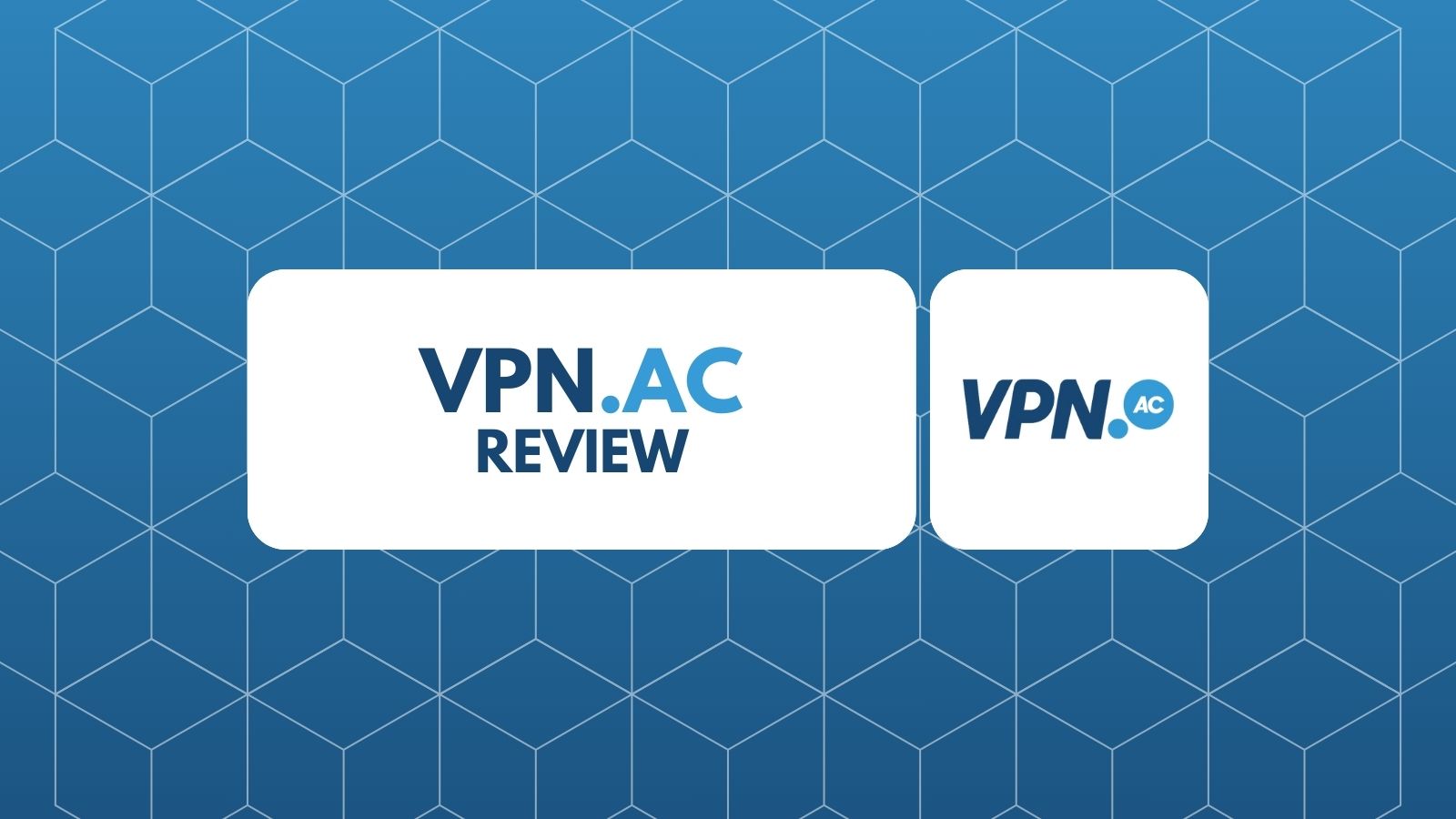Introduction
The best way to get your product or service into the news is through a press release format. Press releases are great for getting news about events and products into publications everywhere, even if those publications are actually owned by your competition.
Consider using your personal skills to write a kick-ass press release.
You are a great writer.
You know how to write a good headline, and you can structure your press release well.
You have interesting things to say about your company, or the industry in general (if applicable).
If you're writing about yourself: -write about how much you love dogs, but also how much time you spend on the road traveling between different cities where there aren't any dogs (a metaphor?). -talk about how much money it took out of the bank account each month before beginning this blog post (again: metaphors).
Get to know all the people behind a story you want to cover.
If you want to write a press release template and get it published, there's one thing you should know: who will be reading it. You need to know their publication, what they publish about, how many people read the publication and when that publication publishes.
You also need to know the editorial policies of each outlet before writing your story with any hope of getting published in that outlet. You can't just send off an email or submit a link as your pitch because some publications may not accept unsolicited submissions from bloggers or journalists—or even worse yet, they'll block them from posting links for fear of spreading malware!
Also make sure that when writing about someone else's work (or even your own), there's no conflict with the person's privacy rights because those rights are protected by law under copyright laws which differ depending on where you live around the world (and whether those laws apply at all).
Feed the reporter a line of bullshit.
When you're feeding the reporter a line of bullshit, it's important to be careful not to make yourself look bad. If you're willing to say anything as long as it helps your company or product, then I guess that makes sense—but don't try too hard or sound too sleazy by any means. You want them (and yourself) on your side, not against you!
Steer a reporter away from what you're not comfortable with by pointing him or her in the direction of a story you do want to cover.
Steer a reporter away from what you're not comfortable with by pointing him or her in the direction of a story you do want to cover.
For example, if it's an interview with someone who has no professional experience in your field, steer them towards an expert whose opinion they can rely on. Or if you have written down some tips for reporters on how to write about your industry and think that would make for a good lead story for them (and it does), give them that lead instead of trying to sell them on something else.
Write a press release that focuses on exactly what they want.
Writing a news release example that focuses on exactly what they want can be challenging, but it’s not impossible. The first step is to know exactly who your audience is. If you don’t know who the editor of the publication is, how can you write an effective pitch?
The editor has a specific audience in mind for their publication (and often has a certain budget). They're not looking for someone with bad grammar or who isn't comfortable speaking in public—they want someone who will be able to articulate themselves clearly and concisely about their work and story, while also being entertaining enough that they'll want more from them later on down the line.
Their goal is not just getting published; it's also finding out more information about your project so that they can do things like write stories based off of their findings (or even start working on another article related specifically because of yours). Therefore: always keep this fact in mind when writing!
Cut out copy that doesn't fit with their story, but don't make it impossible for them to publish your piece.
Cut out copy that doesn't fit with their story, but don't make it impossible for them to publish your piece.
Don’t cut out copy that doesn't fit with their story. If you think about it, there is no single way to write a media release template that everyone will like or agree on. Some people like long sentences; others prefer short ones; some people prefer descriptive language over generalizations about how an industry works and why something is important; some would rather see numbers than words (and vice versa). The point is: there are no rules in this game—only preferences! So if you want your press release published by a certain publication or company, then give them what they want!
Be prepared for negative responses you might get for giving an outlet information it doesn't like.
You can't please everyone. The best way to get what you want is by focusing on your target audience and giving them what they want, even if that means disappointing those who are not part of the target group.
The trick is finding out who will be happy with your media release example and then giving it to them first before anyone else sees it. This means that if there are some people who aren't going to like what you've done, then don't worry about them! Focus on making sure all of your readers or viewers see something good from your work (even though some people might not).
Call the editor and complain about them not liking your story before writing the press release itself.
There are two ways to go about this. You can either call the editor and complain about them not liking your story before writing the sample press release template itself, or you can write the press release after calling them but then complain about how they didn't like it.
The first method is more likely to work, so we'll start there: Call up your editor and say something like "Hey, I just sent you an email with some ideas for my next article but I wanted to ask if there was any way I could get some feedback on what they thought of my pitch because I'm still getting used to this whole publishing thing."
That should take care of making them feel like people pay attention when they read what we're doing! Now that we've gotten some good vibes from our amazing editors (and also made sure that nobody reads anything else), let's move onto writing our own pitch:
Press releases are great for getting news about events and products into publications everywhere, even if those publications are actually owned by your competition.
Press releases are a great way to get your news out there. They're also a good way to get your products and services noticed by publications everywhere, even if those publications are actually owned by your competition.
Press releases can be used for a variety of purposes, including marketing and advertising. You may want to announce new products or services that you have created or launched in the past, or maybe you'd like people who are reading about their competitors' latest news (and might not know much about what they're saying) to learn more about how exactly those competitors do what they do. Whatever it is that makes sense for each situation will depend on what kind of message you want send out into the world when using press releases as part of your strategy—but having one handy toolkit that allows anyone interested in learning more about any topic at hand can only lead them towards success!
Conclusion
I hope this helps you become a better event press release template manipulator, because there's no shame in doing it. It's not sleazy or cheap or manipulative. You're just trying to get your story out there, whether it be on behalf of yourself or someone else (like one of your clients). And remember that all these tips are about putting the interests of those who want to read your work above your own.
Get in Touch!
Website – https://www.pressreleasepower.com
Skype – shalabh.mishra
Telegram – shalabhmishra
Email –contact@pressreleasepower.com
Mobile – +1 (855) 222-4111









 English (US) ·
English (US) ·